How Massage Helps Manage and Reduce Pain After Surgery
When medication, physical therapy, and lifestyle changes do not work, surgery may be the only solution left to alleviate and treat a certain health condition. However, a patient may feel frazzled and anxious due to pain and discomfort after the surgical procedure. Postoperative pain can last for a few days to months, making the healing process uncomfortable. Luckily, many claimed to have experienced the great healing benefits that come with massage therapy.
But what is the evidence? Is there science-backed proof that getting a professional postoperative massage helps you recover faster? In this article, we will look into the physical and physiological effects of this time-honoured healing approach.
Postsurgical Pain is Common
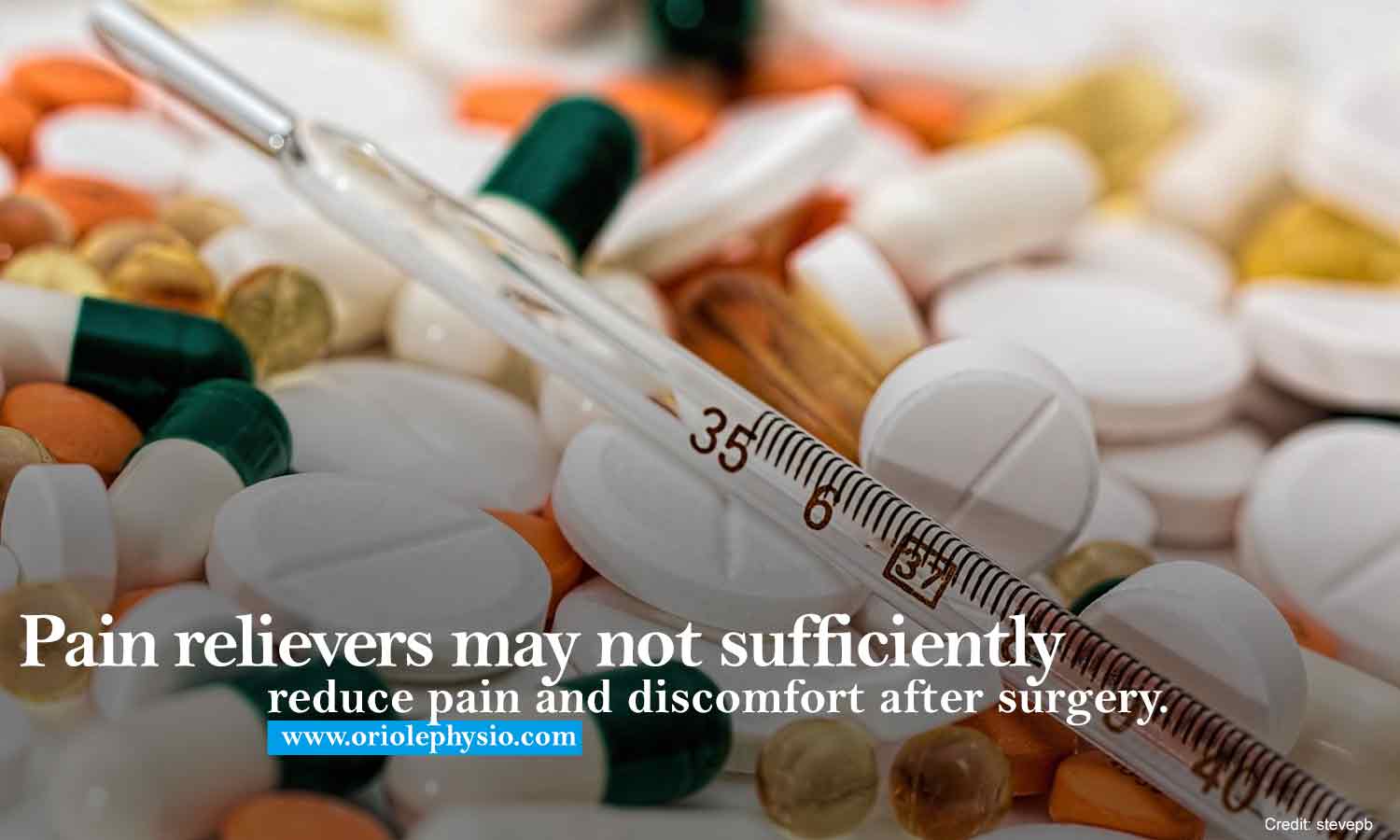
It is common for patients to experience acute or chronic pain after a procedure. Acute pain can potentially develop into chronic pain in 10 to 50 percent of patients. This means that two out of four postoperative patients may experience pain that lasts longer than three to six months.
Health care providers may have access to pain medications, but past experience, combined with personal bias and patient influence may result in underutilization of pharmacologic pain management options.
However, from the patient’s perspective, dependence on pain relievers can be a major health concern. As a result, many do not follow through with the actual prescribed dose to avoid the threat of drug dependence.
Beyond the influence of both clinician and patient, the level of pain experienced varies from one patient to another. Unfortunately, the use of pain medication may not always provide remedy and comfort.
Short History of Massage in Healing
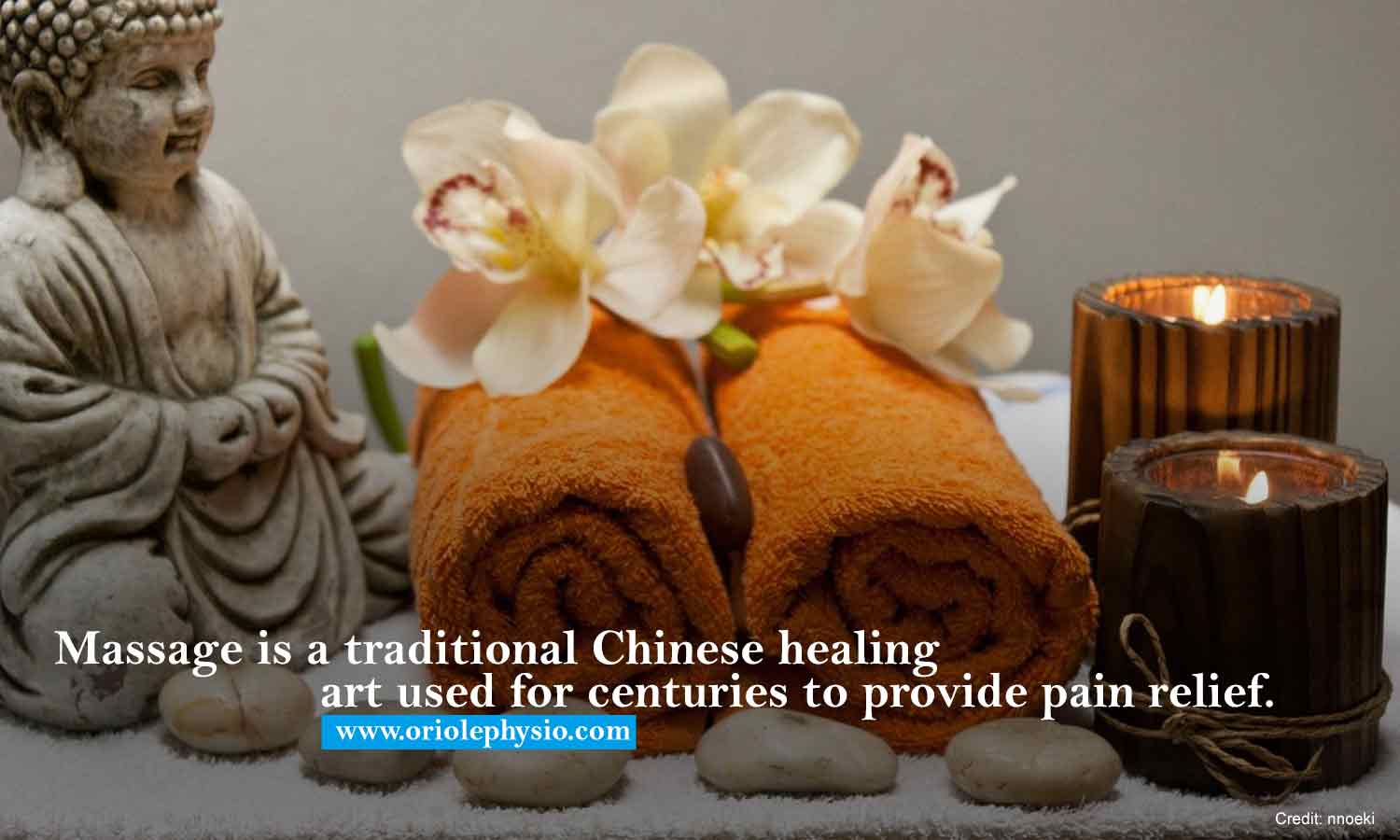
Although massage is widely used to relieve stress and relax tired muscles, its use in postsurgical healing is relatively new in Western countries. Even before the invention of surgical operations and pain relievers, ancient people used massage as a choice for healing some 4,000 to 5,000 years ago.
While it is believed that massage originated in India, written evidence showed that the use of massage therapy was prevalent in China. According to ancient Chinese documents, massage therapy provides balance to the body and spiritual energy to treat and prevent various health conditions, as well as reduce stress and relax tired muscles.
Massage: A Safe and Effective Option for Postoperative Pain Management
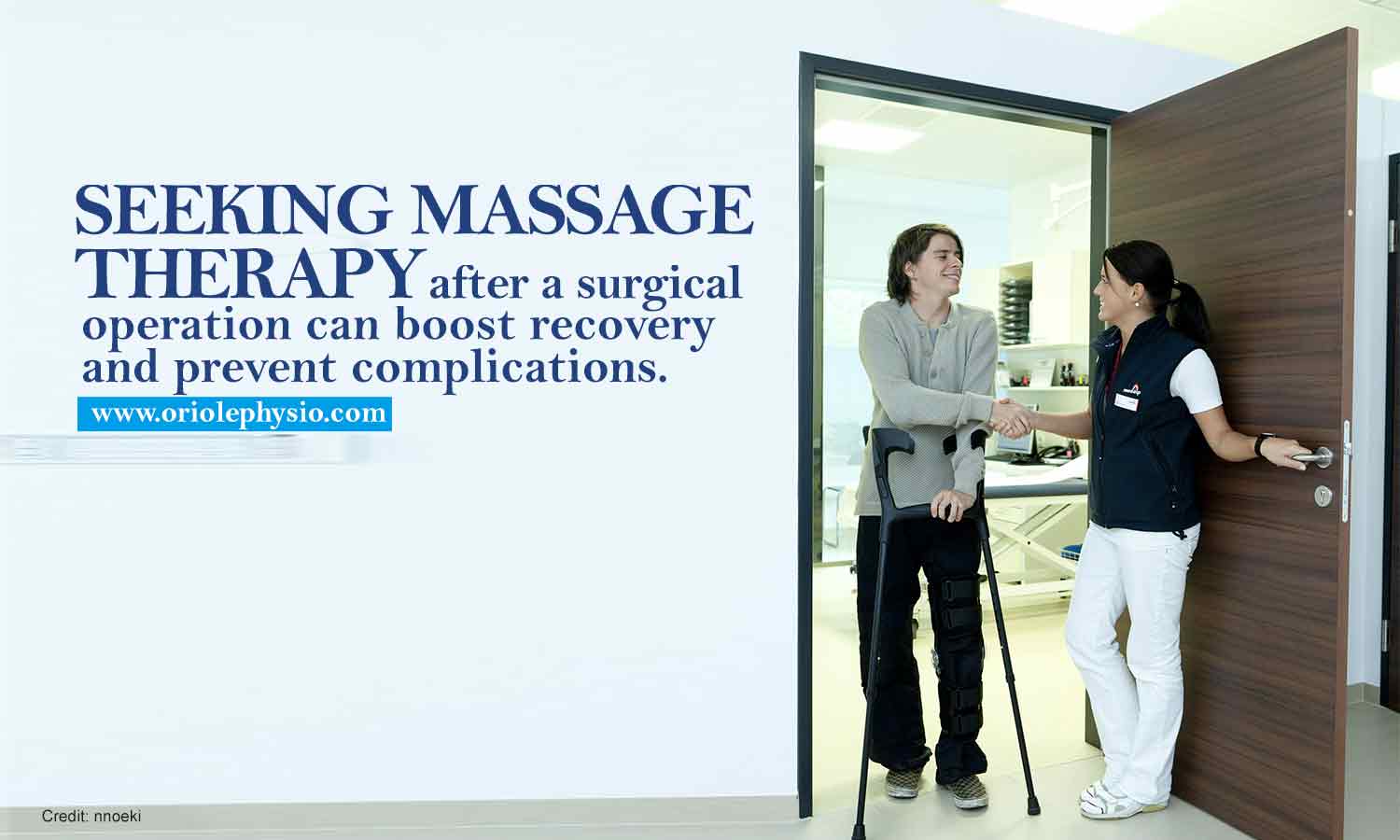
The use of medication alone may not provide enough postoperative pain management. Luckily, massage therapy can supplement pain pills naturally, provide relief, and boost recovery.
Stress, due to pain and discomfort, causes the body to release cortisol (the stress hormone), which constricts the blood vessels, reduces the level of oxygen, and cuts off the supply of nutrients in the body. Massage therapy helps eliminate cortisol buildup by increasing the flow of oxygen-rich blood and the amount of nutrients and antibodies to the injured tissues. This promotes healing and prevents infections, loosening muscles and tendons, and boosting flexibility and strength, which minimizes the risk of muscle atrophy after the surgery.
Swelling often occurs on the surgical site. To control swelling, massage therapists use a lymphatic drainage massage technique to clear fluid cellular waste from clogging up. With proper massage techniques, it helps alleviate swelling by relaxing the injured muscles and improving the blood circulation in the affected area.
Here is how professional massage therapy helps relieve pain and boost the recovery phase in different types of surgical procedures:
- Abdominal Surgery – After abdominal surgery, patients may experience muscle inhibition (loss of control of their abdominal muscles) or develop scar tissue. Scar tissue could become tighter even years after surgery. To compensate for muscle inhibition and scarring, patients change their habits and natural body movements, which may potentially result in back pain.
A February 2014 study published in Scientific World journal claimed that massage therapy offers the same pain-relieving benefits as anti-inflammatory medications in patients with chronic low back pain. For instance, when the transversus abdominus is not functioning properly, the rectus abdominis and/or obliques takes over for stabilization. However, the stabilization may not be as efficient. Massage therapy restores the body’s natural alignment and the muscle’s natural function. Working on it stretches out the injured tissues to helps reduce scarring in abdominal surgery patients.
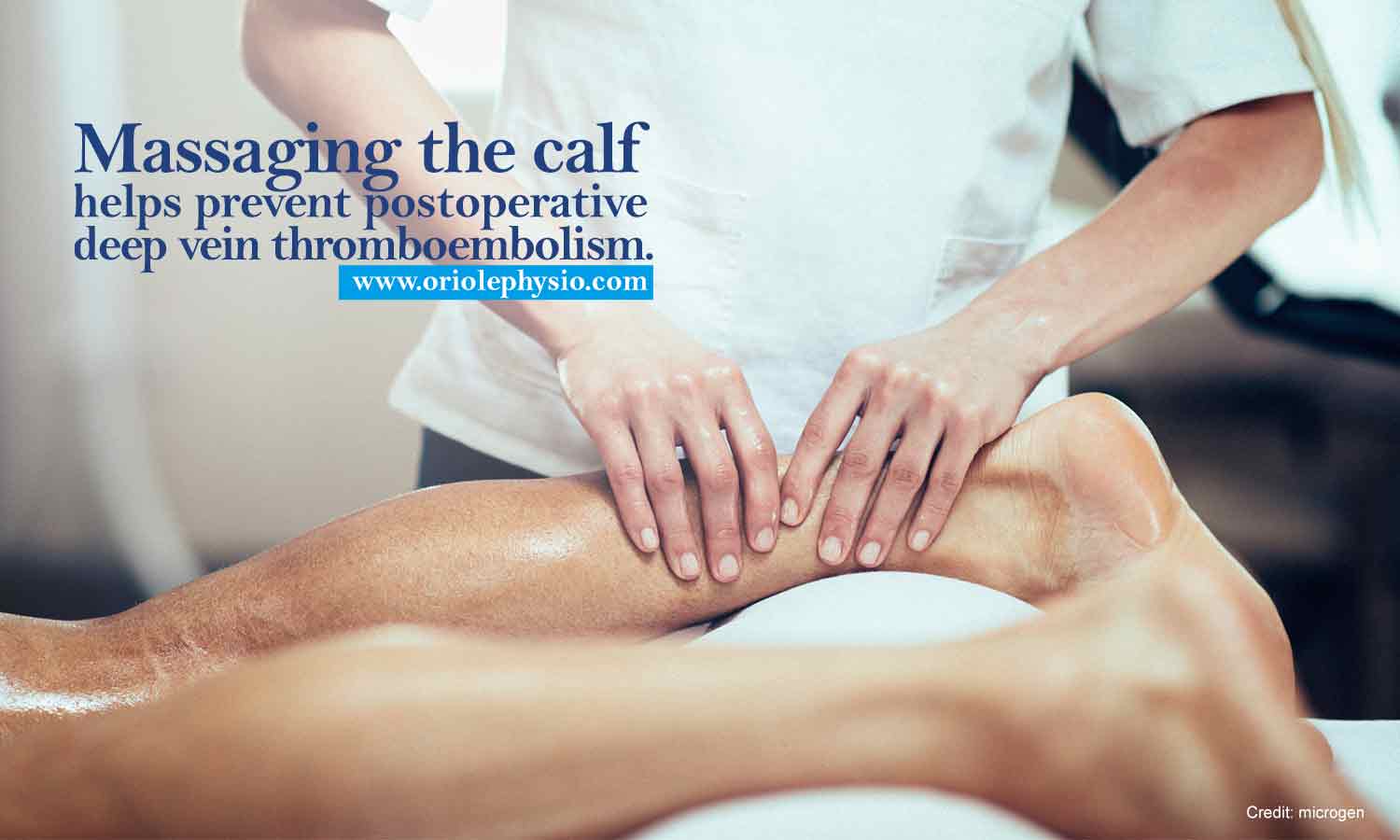
- Hip Replacement Surgery – Also known as hip arthroplasty, an artificial joint is used to replace a damaged hip due to hip fracture or arthritis. Although a minimally invasive procedure involves one or two small incisions, scar tissue may still be a possible complication. Additionally, misalignment in joints and muscles can happen because of the splinting that happens in the musculature.
Scar tissue can develop differently in patients. In some cases, it slows down the healing process. However, with the expertise of professional North York massage therapists, they are able to address the over-contracted muscles, such as the hamstrings, larger glutes, and quads that may be hyper-toned to protect the surgical site from injury. This helps release the tension building up in the muscles surrounding the incision area. Also, a manual calf massage helps reduce the incidence of deep vein thromboembolism, a potentially major concern after hip replacement surgery.
- Cardiothoracic Surgery – The traditional cardiothoracic surgery involves splitting the chest open to treat heart or lung conditions. This often results in pain and discomfort due to impaired movement in the back, neck and shoulders. Cardiothoracic patients could also experience shortness of breath due to tightness as the area starts to heal.
In the journal Heart & Lung, a research review involving 12 different studies assessing patients with acute postoperative thoracic pain found a combination of massage therapy and pain-relieving drugs benefited patients with lesser pain than patients on pain medication alone. Health experts also added that massage therapists are able to work safely on whatever area(s) the patient desired after open-heart surgery. Patients often feel uncomfortable on their upper back area where the rib cage sprung open during the cardiothoracic surgery.
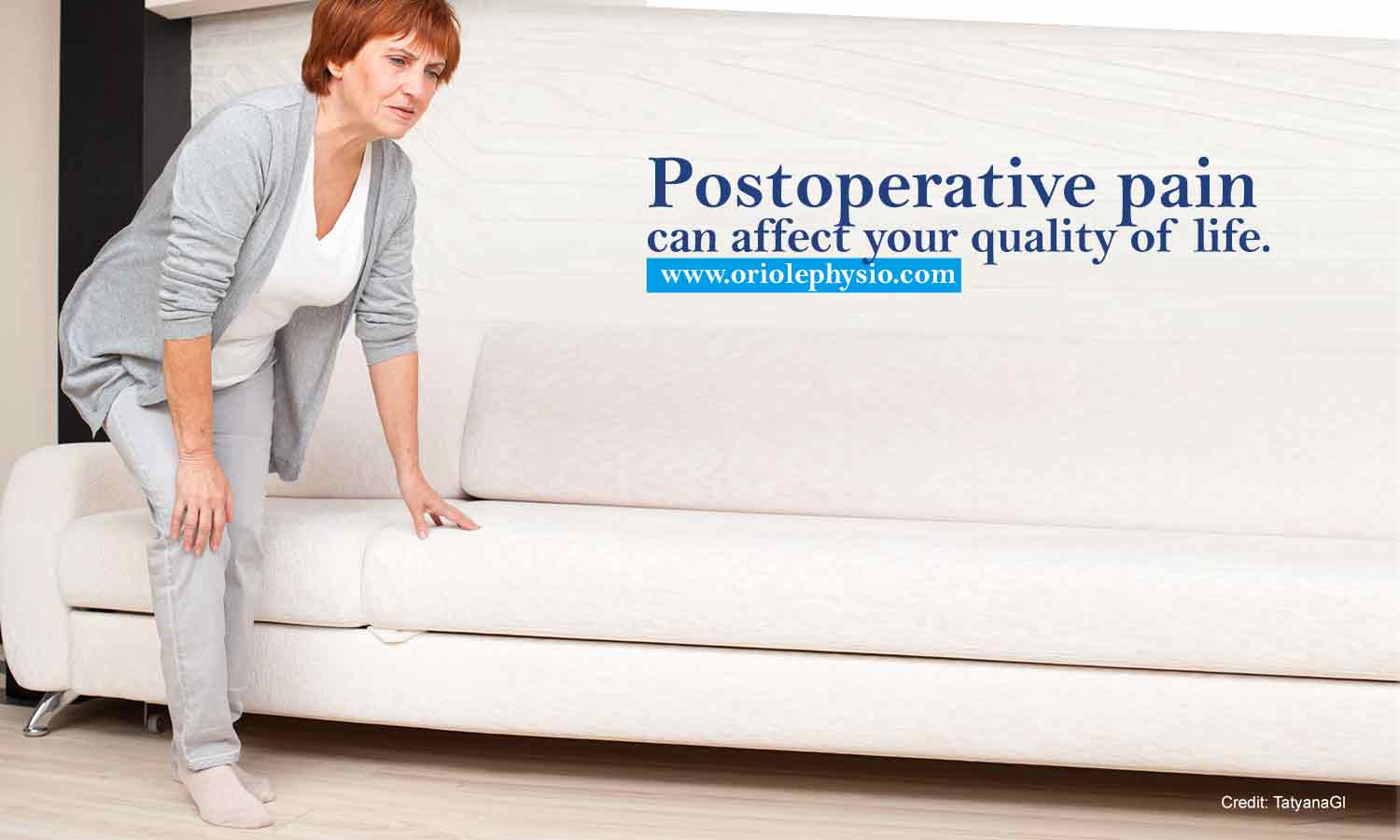
Complications depend on the location of the surgical area. That is why it is important to evaluate the physical problems that may have resulted from a patient’s surgical trauma. Even after a successful surgery, the whole experience can still be stressful on both physical and emotional levels. By incorporating massage therapy in the patient’s treatment plan, it does not only help manage pain, discomfort, and stress, but it also improves the outcome of the surgery. Hence, you spend less money on medication and reduce the time of recovery.
For professional massage therapy, Oriole Physiotherapy and Rehabilitation Centre offers the latest technology to provide our North York patients with the most cutting-edge care possible. If you have recently undergone major surgery, our licensed massage therapists will assist in your recovery every step of the way.
Call us today at (416) 221-0772 to book an appointment. Feel free to use our contact form to send us your questions or schedule a massage therapy session.

